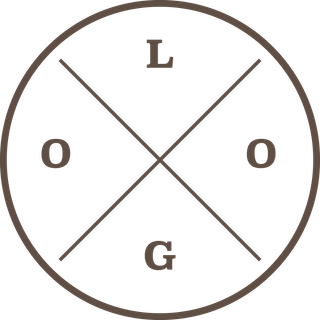Customer Success Plan
Company Name
The job of the customer success team is to increase customer retention and decrease the company's churn rate. This framework will help your organization outline a clear plan of what and how you will deliver value throughout the customer lifecycle.
Created by: John Smith I February 2024



